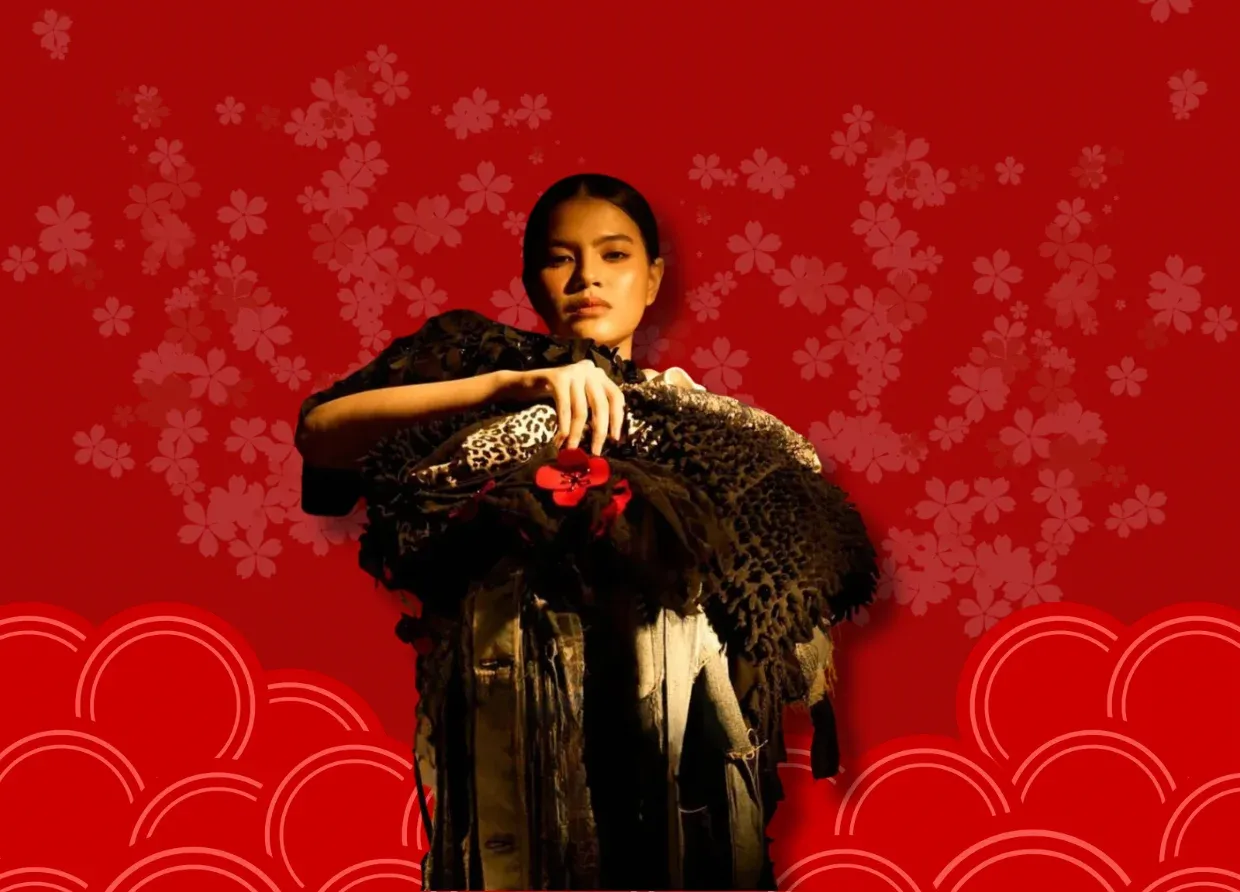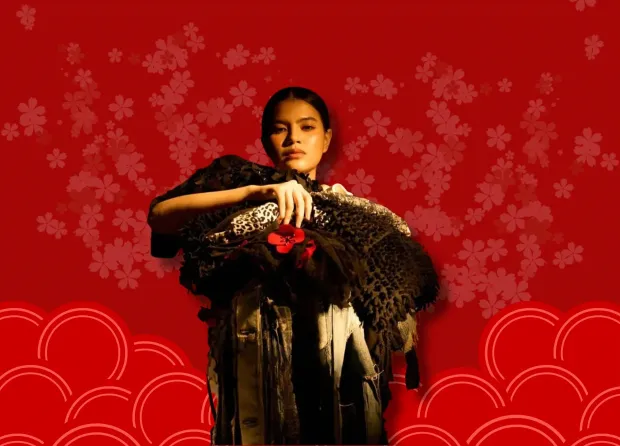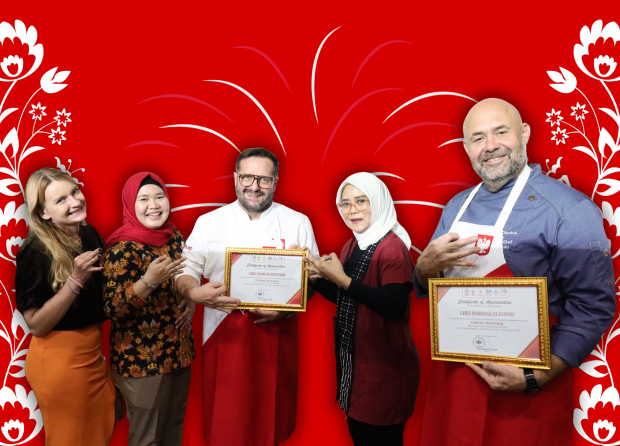HOW THE LUNAR NEW YEAR IS CELEBRATED AROUND ASIA
Here's how Lunar New Year is celebrated in some Asian countries.
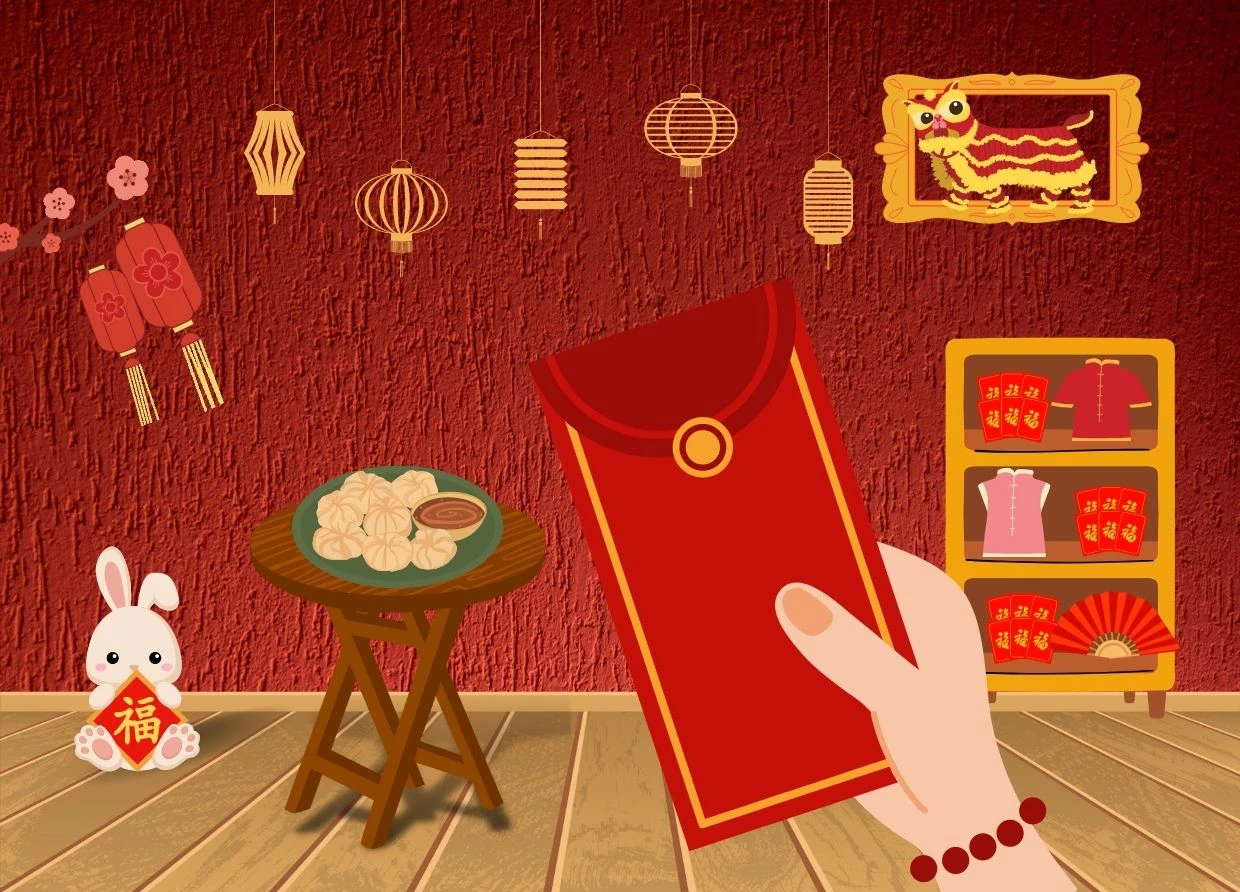
Entering the 3rd week of January 2023, many Asian countries such as China, Singapore, Vietnam, and South Korea celebrate the Chinese New Year, also known as the Lunar New Year, marking the first month in the lunar calendar.
The holiday lands on a different day each year, according to when the first new moon appears in the lunar calendar. This year, the Lunar New Year celebrations begin on January 22. The celebration of the Lunar New Year can last for the next 15 days until the full moon. The specific celebrations of Lunar New Year vary from culture to culture. Here's how Lunar New Year is celebrated in some Asian countries.
Vietnam
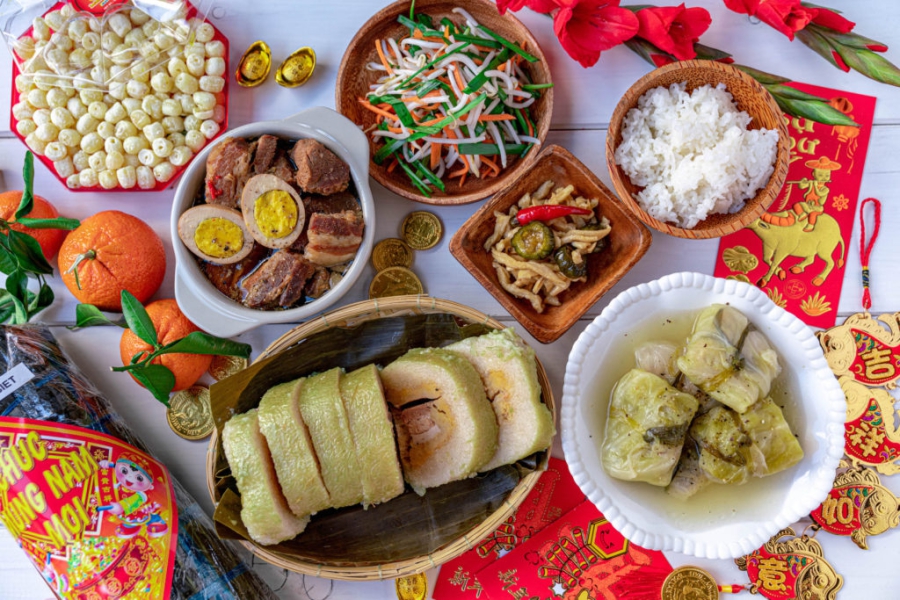
Vietnamese Lunar New Year is known as T?t or T?t Nguyên ?án. It is the most sacred festival that marks the arrival of spring in Vietnam. During this occasion, Vietnamese people enjoy a long holiday (which lasts 6 to 9 days), giving them time to return home and reunite with their families.
Special foods, such as banh chung (savory rice cakes) and bánh tét (a log-like, cylinder snack), are served. Fruit trays with five different fruits are displayed, and people launch fireworks to scare away the evil spirits. They usually decorate their homes with plants and flowers (peach blossoms in the North and Yellow Apricot blossoms in the central and southern parts of the country), presenting the hope for a new beginning and good fortune. Adults give children small red envelopes filled with cash, called lì xì.
South Korea
In Korea, Lunar New Year is one of the most important traditional holidays, offering a chance to pay respect to your ancestors and elders. During this traditional festival (Seollal), Korean people usually visit their families, wear hanbok, perform ancestral rites, and eat traditional foods. Tteokguk (a rice cake soup) is served as a special treat for the holiday because the rice cakes resemble coins. Other holiday foods include mandu-guk (dumpling soup), galbijjim (braised beef short ribs), japchae (glass noodles), and dduk-guk (thinly sliced rice cake soup).
Indonesia
Lunar New Year, also in Indonesia called Imlek, was banned from being celebrated for many years. But in 2002, Indonesians and Chinese immigrants were allowed to celebrate it as a national holiday.
Now, to celebrate Imlek, any shops are closed, and red decorations are hung up all over houses and businesses. People also buy flowers and citrus trees as gifts for friends and relatives. One of the important parts of the preparations for this holiday is the thorough cleaning of the family home. This is important not only as preparation for the many guests expected during the holidays but also because it is symbolic of sweeping away the evil spirits.
Philippines
Lunar New Year is recognized as a non-working holiday in the Philippines, although it is not celebrated by all Filipinos. The Chinese culture in the Philippines has been recognized to be very influential in the country, as Filipinos are known to partake in the celebration by means of having Chinese Food, consulting Feng Shui experts for good luck, as well as reading their Chinese horoscope.
Chinese-Filipinos celebrated the Lunar New year by visiting Binondo. As one of the oldest Chinatowns in the world, Binondo has many different kinds of extravagant Lunar New Year performances every year, such the Dragon dances and fireworks. There, people also can shop Chinese foods and goods, such as tikoy. The food that's typically eaten during Lunar New Year in the Philippines includes sticky rice dishes, such as biko, bibingka, and nian gao, and pancit (long noodles), which is also enjoyed to help bring a healthy, long life and good luck for the year ahead.
China

Lunar New Year is also known as Ch?nJié in China, and it’s one of the most important festivals in the country. Typically, the Lunar New Year festivities begin on the first new moon and last until the first full moon of the lunar calendar.
Chinese elders give red envelopes – known as hóngb?o in Mandarin – to children or unmarried people, a tradition that evolved from the practice of giving coins to ward off evil spirits. Performing lion or dragon dances and lighting fireworks or firecrackers on New Year’s Day are some other common ways people celebrate Lunar New Year in China.
Families often make these dishes from scratch, and kids typically search for a lucky coin inside dumplings. The dumplings are usually served with fish, as it symbolizes abundance for the year ahead.
#THE S MEDIA #Media Milenial #Lunar New Year #Chinese New Year #Imlek
